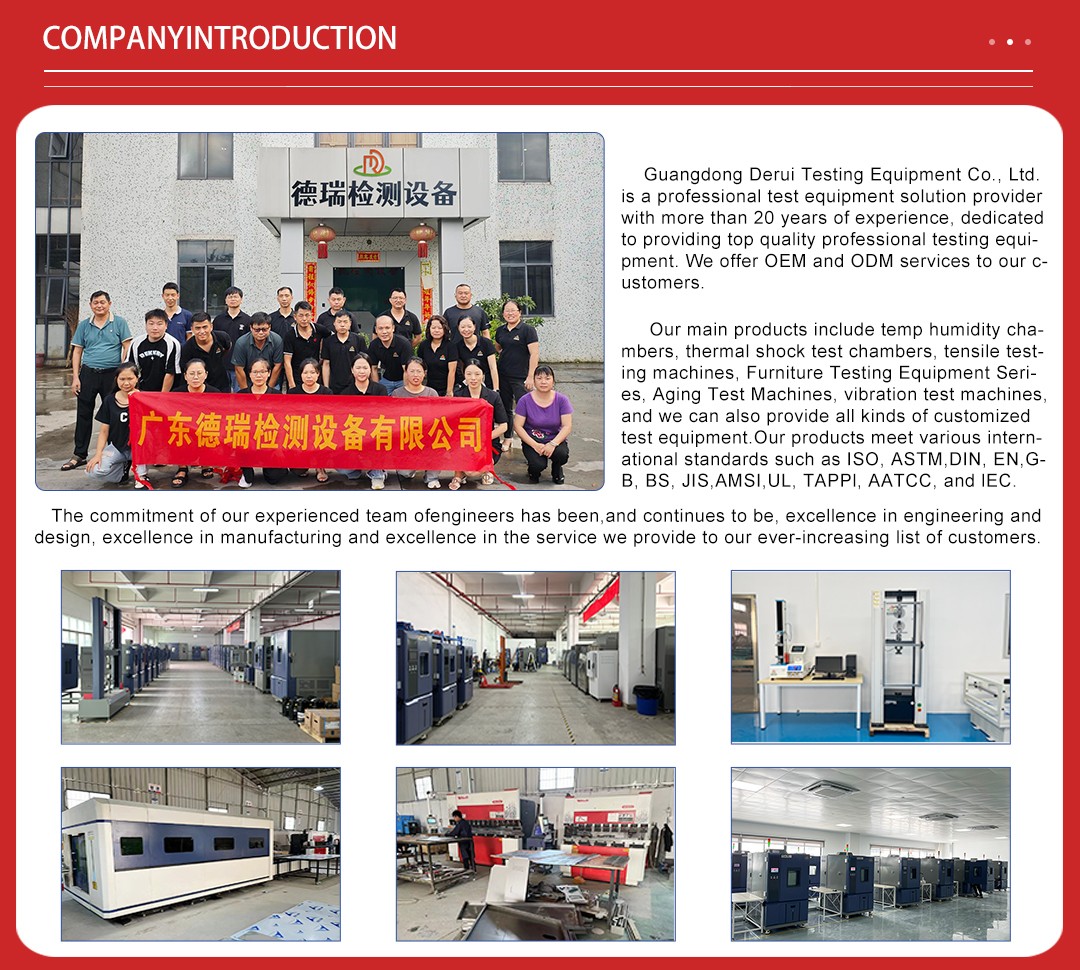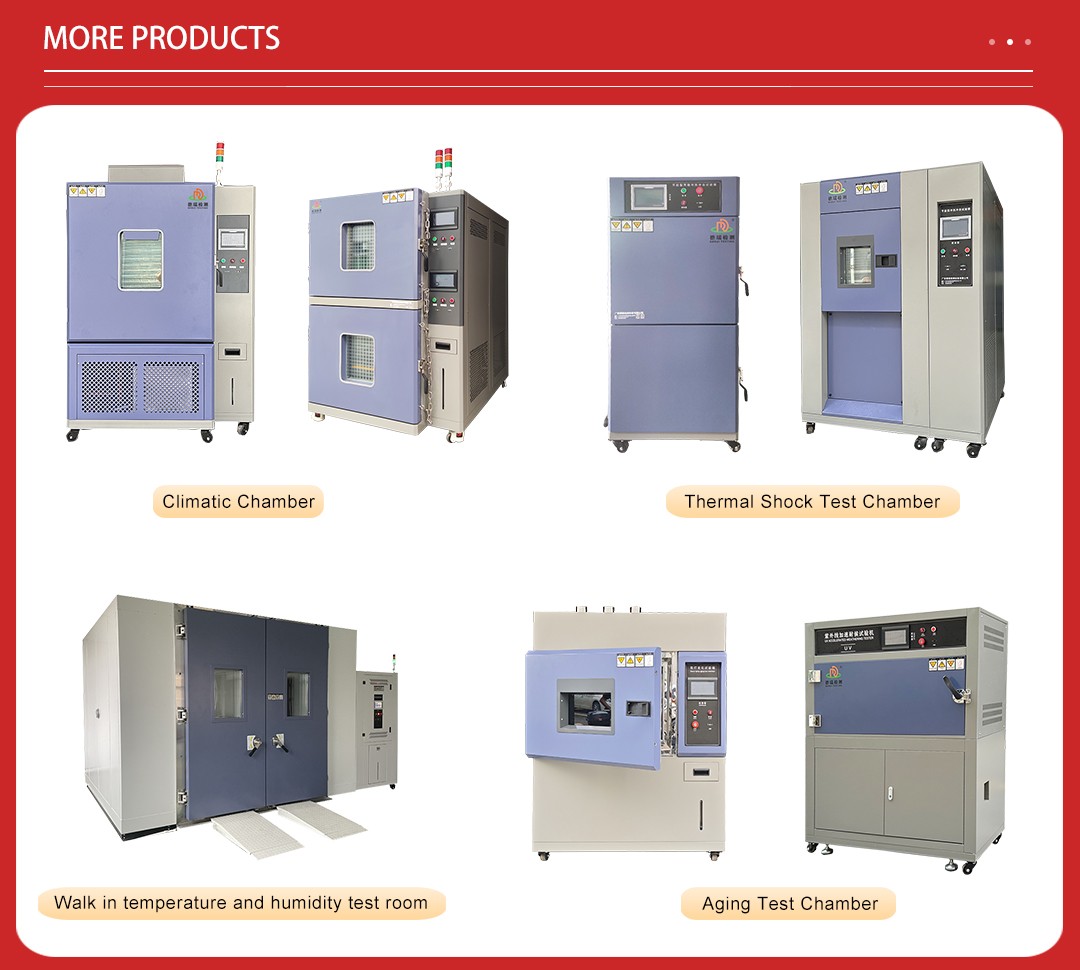
The Rapid Thermal Cycling Test Chamber is engineered to provide accurate and reliable environmental testing for automotive components. Its advanced features, customizable test profiles, and adherence ...

The Rapid Thermal Cycling Test Chamber is engineered to provide accurate and reliable environmental testing for automotive components. Its advanced features, customizable test profiles, and adherence to international test standards make it an indispensable tool for ensuring the quality and safety of vehicle parts. By simulating extreme temperature conditions, the chamber helps manufacturers identify potential weaknesses and optimize component designs, ultimately enhancing vehicle performance and longevity.

The Rapid Thermal Cycling Test Chamber is a critical tool in the automotive industry, designed to simulate and evaluate the performance of vehicle components under extreme temperature fluctuations. Its primary application lies in validating the durability and reliability of automotive parts, ensuring they meet stringent quality and safety standards.

1. High-Speed Temperature Transition: The chamber excels in rapid temperature changes, ranging from -40°C to 150°C, mimicking real-world extreme conditions.
4. Durability and Reliability: Constructed with robust materials, the chamber ensures long-term use and consistent performance, minimizing downtime and maintenance costs.

- ISO 16750: Road vehicles — Environmental conditions and testing for electrical and electronic equipment
- IEC 60068-2-14: Environmental Testing – Part 2-14: Test N: Change of Temperature

| Model | DR-H204-100 | DR-H204-150 | DR-H204-225 |
| Internal dimension | 400*500*500mm | 500*600*500mm | 600*750*500mm |
| External dimension | 750*1536*1310mm | 750*1636*1410mm | 850*1786*1410mm |
| Temperature(℃) | -20/-40/-70 | -20/-40/-70 | -20/-40/-70 |
| Maximum Current(A) | 22,22,28 | 22,22,28 | 18,18,23 |
| Voltage(V) | Single-phase220V | Single-phase220V | Three-phase380V |
| Temp,range | 0℃;-20℃;-40℃;-70℃~+150℃ | ||
| Test Method | Pneumatic Operated Door Switch(two/three-zone) | ||
| Temp.Display Accuracy | 0.01℃ | ||
| Temp.uniformity | ≤±2.0℃ | ||
| Temp.deviation | ±0.5℃~±0.2℃(without load) | ||
| Heating speed | 1℃/min~20℃/min,can be customized | ||
| Cooling Speed | 1℃/min~20℃/min,can be customized | ||
| Humid.range | 20%~98%RH | ||
| Humid.resolution | 0.1% R.H. | ||
| Humid.uniformity | ±3%RH(without load) | ||
| Internal chamber material | Stainless steel 304 | ||
| External chamber material | Stainless steel/paint spray | ||

- Safety Interlocks and Alarms
5. Completion: Once the test is complete, allow the chamber to return to ambient temperature before removing the specimen.
4. Always follow safety protocols when handling high-temperature equipment.


Not search wanted products